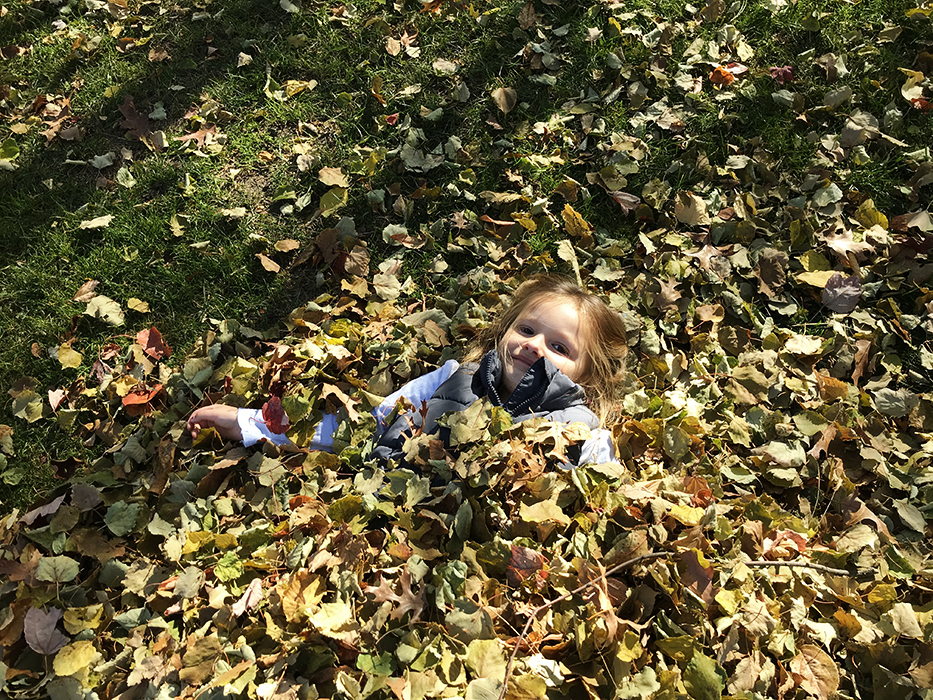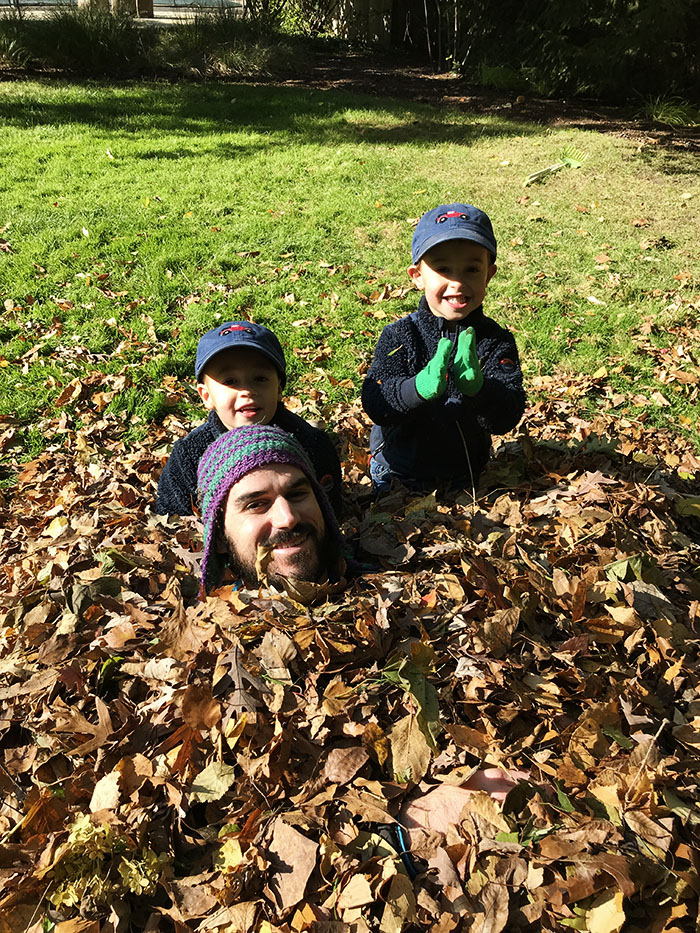
Written by Margie Pines
Founder & Director at Ta'am Teva
The past several years have been stressful for everyone including families and children. There was a mental health crisis prior to the pandemic and its consequences have only made the situation worse. On December 7, 2021 the US Surgeon General issued an advisory to highlight the “urgent need to address the nation’s youth mental health crisis”.
One simple but important solution to help alleviate some of the stress is to encourage children and families to spend more time outside in nature. It’s no secret that going outside helps to restore your emotional well -being. Have you noticed all the families out walking over the past two years?
National Parks like the Great Smoky Mountains and Yellowstone have reported record numbers of visitors over the past two years. According to many experts, such as the Child Mind Institute, spending time outside isn’t just enjoyable – its necessary. “Kids who spend time outside are smarter, happier, more attentive, and less anxious than kids who spend more time indoors.” https://childmind.org/article/why-kids-need-to-spend-time-in-nature/
Recent studies also indicate that having access to green spaces doesn’t just help your emotional well being on a temporary basis. It can have a significant impact on your mental health for years to come. In 2019, a study was released that looked at the connection between mental health and green spaces in Denmark. The research showed that spending time in green spaces during childhood (birth to age 10) had a tremendous impact on mental health later in life.
Furthermore, the impact was substantial. Children who had the lowest exposure to green spaces were up to 55% more likely to experience a wide variety of mental disorders as adolescents or adults than the children who were able to access natural areas. A 2019 study also showed that “residential green space in childhood is associated with lower risk of psychiatric disorders from adolescence into adulthood (Engemann, K., et al, 2019).
If we know that spending time outside is so beneficial for children, why aren’t we making sure it happens on a regular basis? Why aren’t families demanding that schools and other types of programs make sure children spend part of each day outdoors? Good question!


Written by Margie Pines
Founder & Director at Ta'am Teva
The past several years have been stressful for everyone including families and children. There was a mental health crisis prior to the pandemic and its consequences have only made the situation worse. On December 7, 2021 the US Surgeon General issued an advisory to highlight the “urgent need to address the nation’s youth mental health crisis”.
One simple but important solution to help alleviate some of the stress is to encourage children and families to spend more time outside in nature. It’s no secret that going outside helps to restore your emotional well -being. Have you noticed all the families out walking over the past two years?
National Parks like the Great Smoky Mountains and Yellowstone have reported record numbers of visitors over the past two years. According to many experts, such as the Child Mind Institute, spending time outside isn’t just enjoyable – its necessary. “Kids who spend time outside are smarter, happier, more attentive, and less anxious than kids who spend more time indoors.” https://childmind.org/article/why-kids-need-to-spend-time-in-nature/
Recent studies also indicate that having access to green spaces doesn’t just help your emotional well being on a temporary basis. It can have a significant impact on your mental health for years to come. In 2019, a study was released that looked at the connection between mental health and green spaces in Denmark. The research showed that spending time in green spaces during childhood (birth to age 10) had a tremendous impact on mental health later in life.
Furthermore, the impact was substantial. Children who had the lowest exposure to green spaces were up to 55% more likely to experience a wide variety of mental disorders as adolescents or adults than the children who were able to access natural areas. A 2019 study also showed that “residential green space in childhood is associated with lower risk of psychiatric disorders from adolescence into adulthood (Engemann, K., et al, 2019).
If we know that spending time outside is so beneficial for children, why aren’t we making sure it happens on a regular basis? Why aren’t families demanding that schools and other types of programs make sure children spend part of each day outdoors? Good question!


